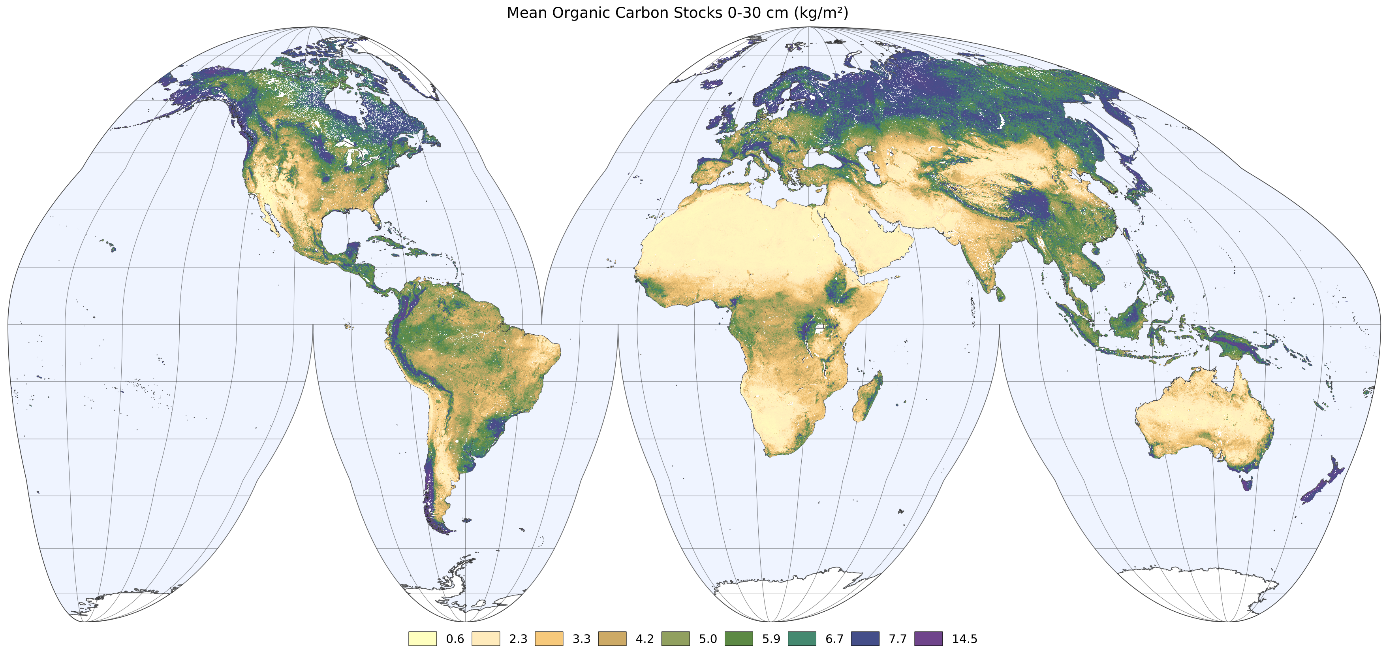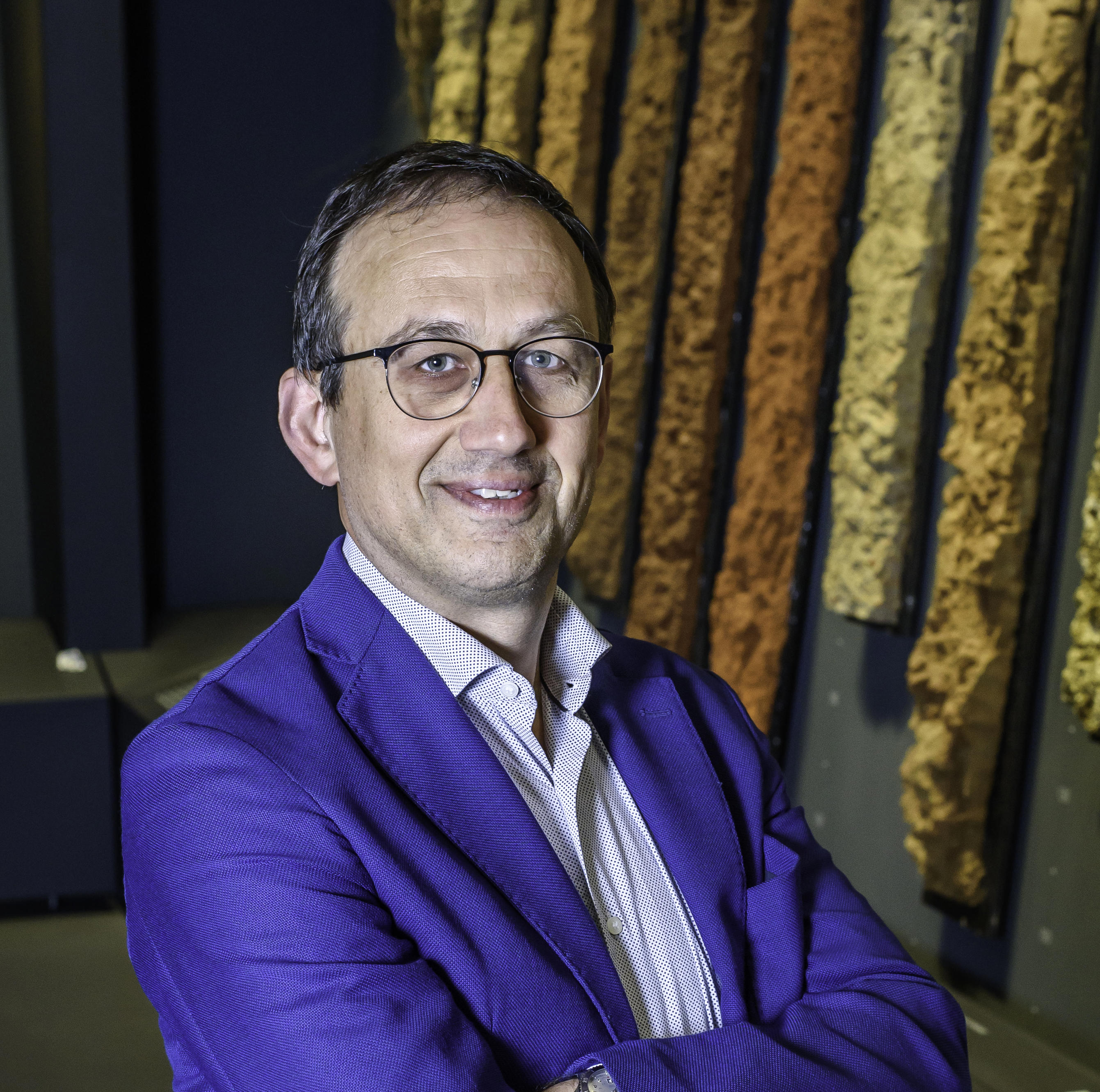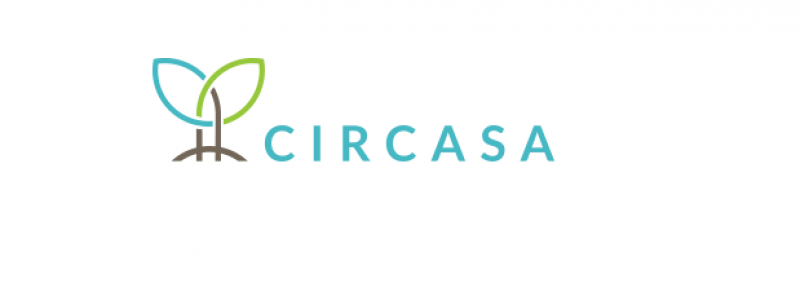Background
The awareness that agricultural soils have potential to sequester carbon, has resulted in various initiatives to sequester organic carbon in agricultural lands. Yet, there is ongoing dialogue on the potential for sequestration in agricultural lands and a need for sharing knowledge and experiences how to make this happen.
Objectives
The EU H2020 CIRCASA project aimed to address this knowledge gap. The overall objective of CIRCASA was to strengthen synergies among researchers and promote the transfer of knowledge on carbon sequestration in agricultural soils. This would be achieved through four complementary activities. The first aimed at the strengthening of the international research community on soil carbon sequestration in relation to food security and climate change. The second aimed at improving our understanding of agricultural soil carbon sequestration and its potential for climate change mitigation and food security. The third activity engaged with stakeholders to co-design a strategic research agenda on soil carbon sequestration in agriculture. The fourth activity aimed to better structure the research cooperation in this field.
Through these activities CIRCASA produced outcomes to contribute to the implementation of the 2030 Agenda for Sustainable Development and of the Paris agreement within the UN Framework Convention on Climate Change (UNFCCC). CIRCASA achieved these goals while benefiting from several international initiatives: The Global Alliance on Agricultural Greenhouse Gasses (GRA), the Joint Programming Initiative on Sustainable Agriculture, Food Security and Climate Change (FACCE-JPI) and the 4 per 1000 Soils for Food Security and Climate Initiative (4p1000). Further, CIRCASA will benefit from the CGIAR research programmes on Climate Change Agriculture and Food Security (CCAFS) and Water, Lands and Ecosystems (WLE).
Activities
Initially, ISRIC has been contributing to the development of a Knowledge Information System (KIS) that will host knowledge on carbon sequestration in agricultural soils. During the First Annual CIRCASA Meeting (CIAT, Cali; 4-8 February 2019), project partners agreed with a shift of attention in ISRIC's work more in line with SoilGrids and soil C modelling.
Results:
ISRIC's deliverables to date include:



